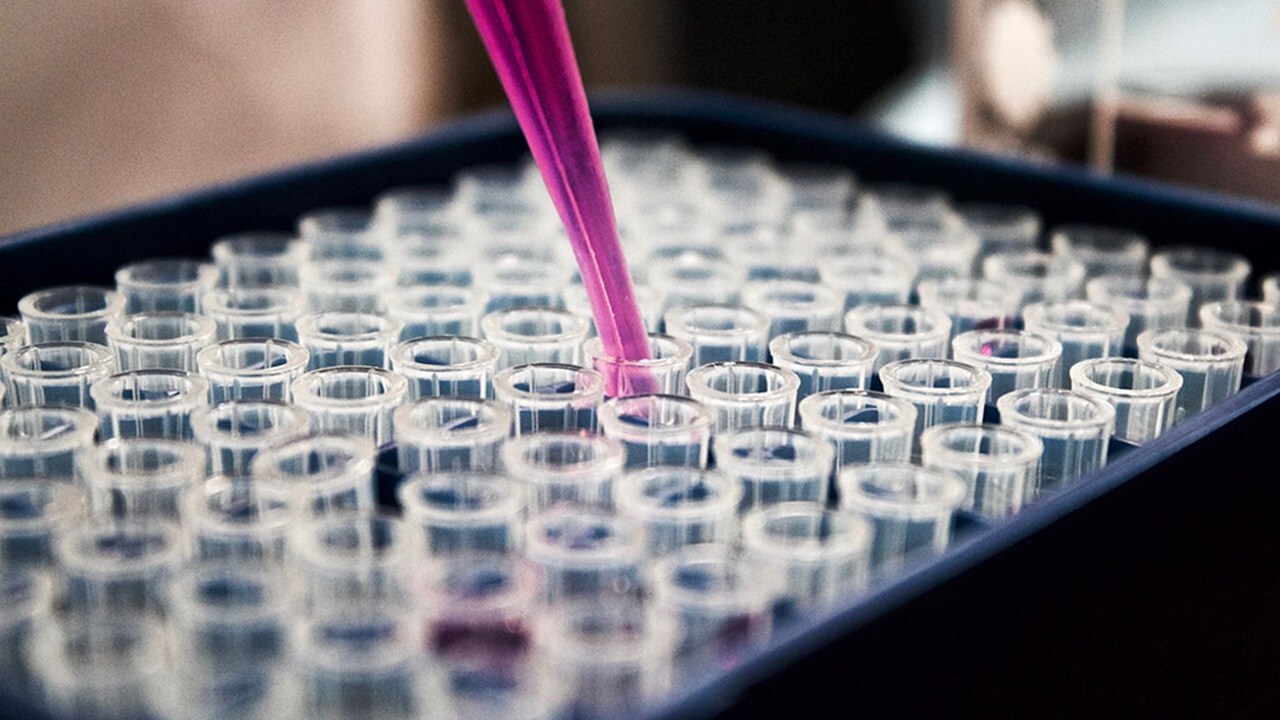The healthcare and life sciences industries have experienced continuous growth in the last two decades, including during the COVID-19 pandemic. Globally, the market reached a value of over 24 billion USD in 2022 and it is recording a strong compound annual growth rate (CAGR) of 13.8%, according to Research and Markets. During this time, demand for temperature-sensitive drugs, including biotechnologies and vaccines, has also increased. The result is a significant rise in the cold chain logistics market for pharmaceuticals and healthcare, which Market Research Future calculates will be worth over 22 billion USD by 2027.
Cold chain logistics refers to the storage, handling, and transportation of products under temperature-controlled conditions. These products fall into the categories of foods or pharmaceuticals that need to be either chilled, frozen, or kept ambient within regulatory defined temperature ranges, which vary between global climate zones. The IQVIA Institute for Human Data Science says more than 35 billion USD is lost in the life sciences industry every year because of failures in temperature control. Resilient and reliable supply chains are important to mitigate the risks, while a reefer shipping container can maintain temperatures within approved temperature ranges from pick up to final delivery. This safeguards the sensitive goods and the health of patients receiving the products.
Meanwhile, there is growing awareness of the need to improve sustainability in cold chain logistics, including by reducing this waste as well as emissions. Modern supply chains account for 60% of greenhouse gas emissions, according to Accenture. A study by the International Institute of Refrigeration found that cold transport can consume up 20% more fuel because of refrigeration equipment. A 2022 GlobalData survey found most pharma industry insiders believe more should be done to improve sustainability in their supply chains.
Industry-wide, businesses need to find solutions that prioritise supply chain resilience and sustainability, while maintaining the necessary safety standards. As EY points out, resilience and sustainability go hand in hand and “you can’t have one without the other”.
Improving supply chain resilience for temperature sensitive goods
Disruptions to the supply chain have become more frequent in recent years. A 2022 Logistics Management survey said over 71% of businesses were dealing with global supply chain disruptions. Many issues will continue in 2023 and be joined by new challenges. As KPMG notes, supply chains need to navigate existing or new geopolitical conflicts, inflationary pressures and the recessionary environment, and climate change weather events.
In addition to the above, McKinsey research says the life sciences industry is experiencing price pressures, particularly for generics, as a result of increasing costs for labour, transportationAwesom and raw materials. Since pharma customers are not expected to absorb these costs, profit margins have come under pressure. EY research found many life sciences companies are already taking steps to increase supply chain resilience in response. There are many ways to increase resilience, including through:
- Diversification – in today’s environment, supply chains need to be flexible and agile so that they can respond to changes in demand and interruptions. Diversifying a life sciences business’ supplier base and manufacturing network can reduce exposure to single sources and other supply chain risks. McKinsey estimates that 38-60% of the international pharmaceutical trade has potential for sourcing diversification. A total of 78% of life sciences CEOs surveyed by EY in 2022 said they were already adjusting or planning to adjust their global operations and supply chains, while 26% said they had boosted the number of suppliers to increase resilience.
- Digitalisation – the digital transformation of healthcare and life sciences supply chains can help build resilience, particularly where cold chain logistics are involved. A digital ecosystem that includes big data and cloud computing can offer end to end visibility, improving communication and coordination between all parties. The internet of things (IoT) network of connected devices can help collect this data, while artificial intelligence and machine learning can help use the data to take effective steps to improve resilience. A digital twin of the supply chain can offer new insights and enable optimisation. These technologies can also pave the way for predictive planning to better anticipate and respond to disruptions.
- Collaboration – building on the opportunities for greater collaboration offered by digitalisation can massively boost resilience. As Supply Chain Dive reported: ‘it all comes back to people and the importance of good information’. Collaboration across the supply chain enhances visibility of everything from raw material availability to storage capacity. It can also improve the detection and addressing of disruptions.
For the healthcare and life sciences industries, having end to end visibility and boosting supply chain resilience is critical because of the sensitive nature of their cargo. However, it also matters because of the high value of their products and the potential impact of delays in the supply chain to patient health.

Addressing sustainability in life sciences logistics
Resilience is the ability to respond quickly and effectively and having the agility to respond and pivot, as needed. This is supported by digitalisation, namely data and analytics, which facilitate transparency and traceability. These are key to identifying opportunities to improve sustainability in cold chain logistics for temperature sensitive medicinal products, such as biopharmaceuticals, for example by reducing waste or saving energy.
A 2019 study published in the Journal of Cleaner Production found the pharmaceutical industry’s emission intensity to be 55% higher than that of the automotive industry. Work is underway to address this. Optimising shipments and better planning to streamline logistics can limit emissions. In addition, reefer containers and other transportation for temperature sensitive goods can be electrified. Refrigerant with a lower climate-impact, such as CO2 or ammonia, can be used for reefer.
In terms of reducing waste in cold chain logistics, digitalisation is a huge part of the solution. Global Positioning Systems (GPS) can show businesses the exact location of their products, reducing the likelihood of lost cargo. This enhanced visibility also offers more clarity around delivery times, so warehouse or end-storage facilities can be organised accordingly, ensuring there is space for the temperature sensitive goods when they arrive. Reefer technology has evolved to the point where it is now possible to resolve many issues remotely with digital tools, allowing for more efficient logistics with less waste.
Future-proofing pharmaceuticals and healthcare supply chains
The widespread introduction of formal corporate social responsibility policies, together with new customer expectations and more strict regulations, mean that improving the resilience and sustainability of pharmaceutical and healthcare logistics is increasingly pressing. Life sciences supply chains are complex, so achieving this requires deliberate and innovative thinking and action. The benefits however, of better resilience and improved sustainability, are significant and difficult for any pharmaceutical and healthcare business today to ignore.
未来,您想随时了解必读行业趋势吗?
您已经完成了,欢迎“登船”!
很抱歉,发送您的联系请求时出现问题。
请查看表单字段,确保所有已正确填写所有必填信息。如果问题仍然存在,请联系我们的支持团队以获得进一步的帮助。
未来,您想随时了解必读行业趋势吗?
使用此表格注册,即可直接在您的邮箱中接收我们的洞察见解,进入一个真正的综合物流世界。简单操作,即从我们为您量身定做的精选文章中获得启发,了解相关行业洞察信息。您可以随时取消订阅。













